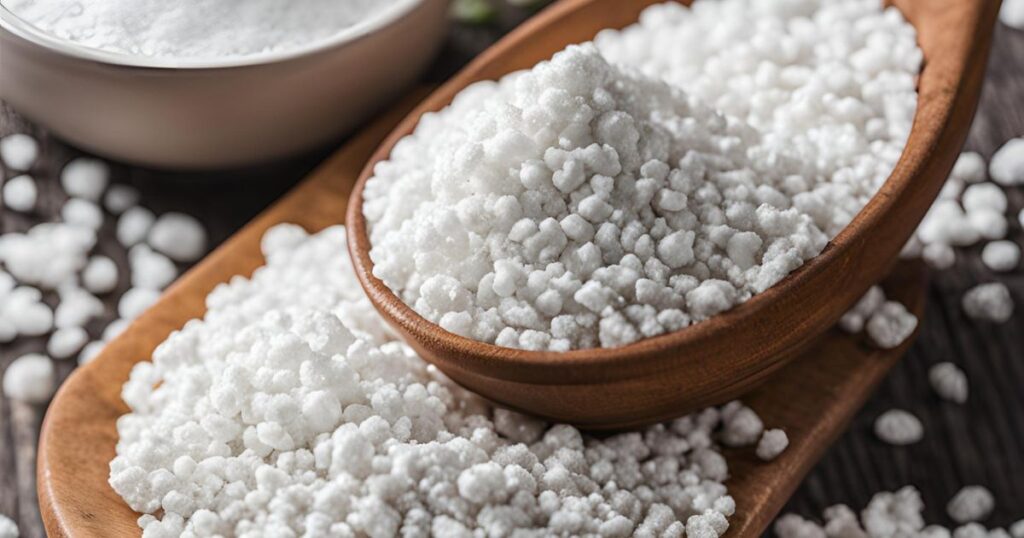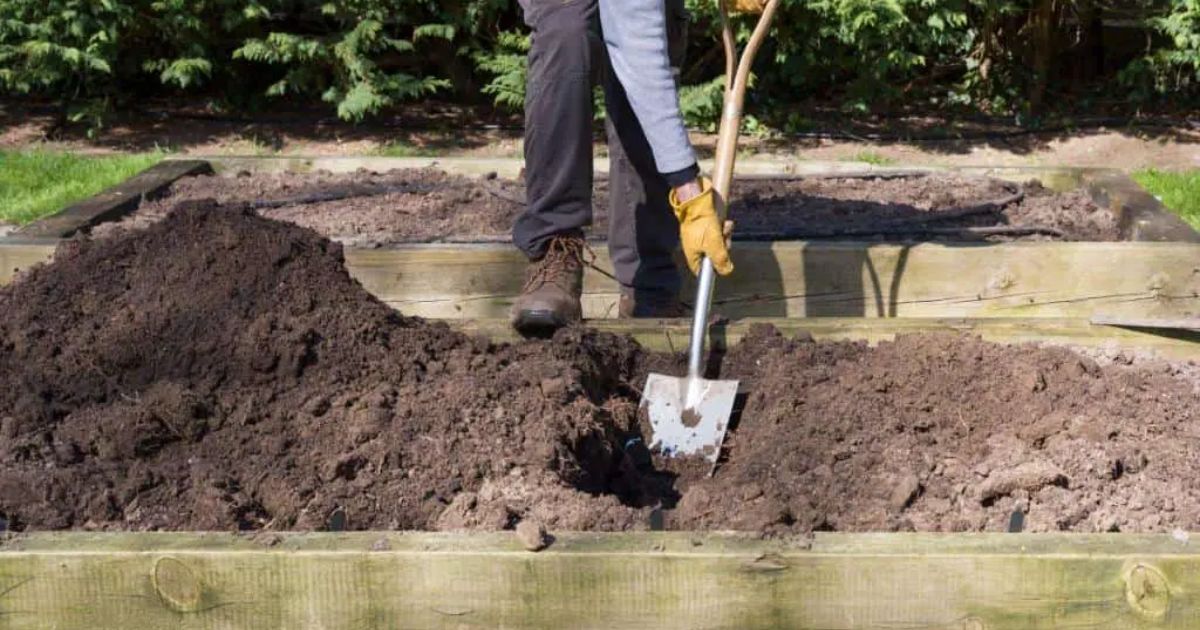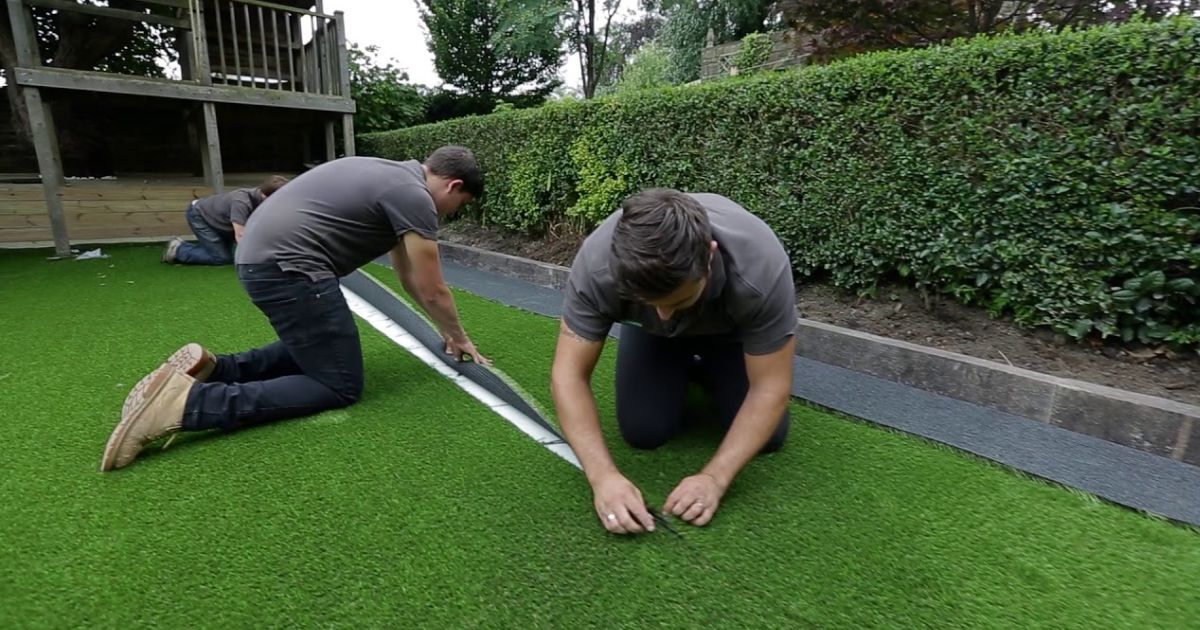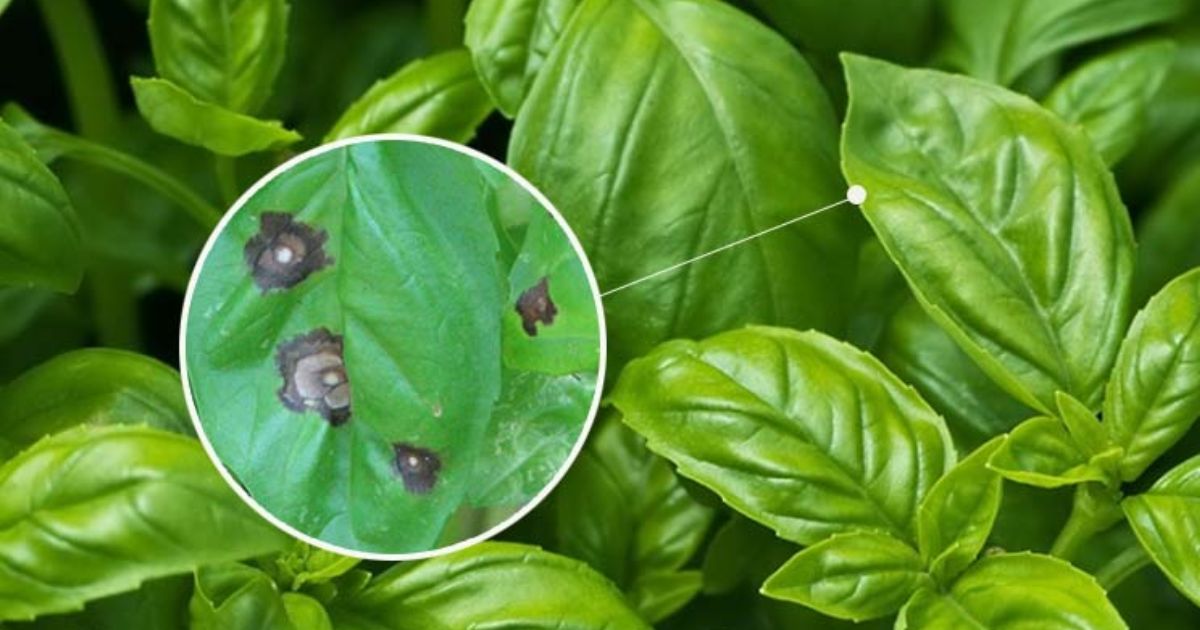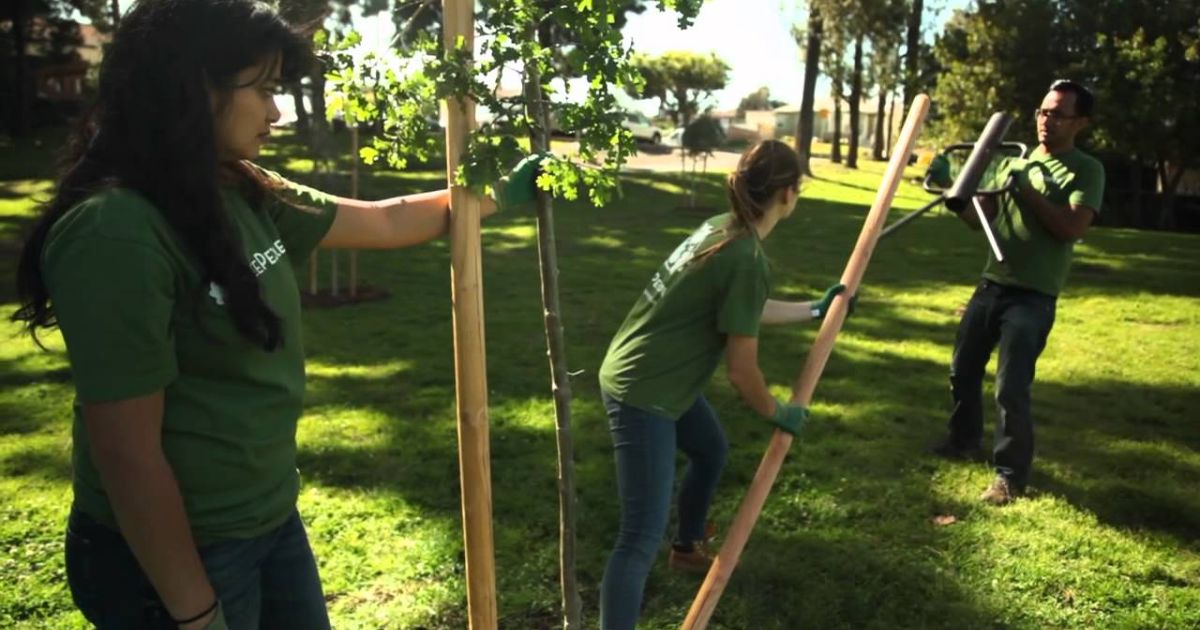If you’ve ever bought a bag of potting soil, chances are you’ve seen those little white, lightweight particles mixed in—those are perlite. But what is perlite? And why is it such a crucial ingredient in gardening and plant care? Whether you’re a home gardener, a hydroponics enthusiast, or simply curious about soil amendments, perlite is vital in improving soil health and plant growth.
This guide will cover everything you need about perlite for gardening and more. From its origins as a volcanic mineral to its many benefits—like enhancing aeration, preventing root rot, and promoting healthy plant development—we’ll explore why perlite is a must-have for gardeners. Plus, we’ll discuss how to use perlite effectively, compare it to other soil additives, and uncover its surprising uses beyond gardening. Let’s dive in!
What Is Perlite?
Perlite is a natural, amorphous volcanic glass that forms when molten lava cools rapidly, trapping water within its structure. This rapid cooling process creates a glassy rock with high water content, typically ranging from 2 to 5 per cent. When subjected to temperatures between 850–1150°C (1560–2100°F), the trapped water, the perlite, expands up to 20 times its initial volume when it vaporizes. This expansion process results in a lightweight, porous white or light grey material.
The expanded perlite’s porous nature and low density make it valuable in various applications, including horticulture, construction, is perlite made from expanded volcanic glass and industrial uses. perlite what is it mineral Its lightweight and insulating properties are particularly beneficial in these fields.
How Is Perlite Made?
Perlite production involves steps that transform raw volcanic glass into a lightweight, perlite soil porous material widely used in horticulture and other industries. Here’s a breakdown of the process:
- Mining Natural Perlite: Perlite deposits are typically extracted through open-pit mining. Heavy machinery removes the overburden—the soil and rock overlaying the perlite ore—to access the material beneath. The perlite ore is then mined and transported to processing facilities.
- Crushing and Screening: The perlite ore undergoes primary crushing to reduce its size at the processing plant. The crushed material is then screened to separate into various size fractions, ensuring uniformity for subsequent processing stages.
- Preheating: The screened perlite particles are preheated to temperatures between 350°C and 500°C. This step helps to remove residual moisture and prepares the material for expansion.
- Expansion: The preheated perlite is rapidly heated to temperatures ranging from 850°C to 1,100°C. At these high temperatures, the water trapped within the perlite vaporizes, causing the particles to expand up to 20 times their original volume. This process results in the formation of lightweight, porous, and white particles.
- Cooling and Final Processing: After expansion, the perlite is cooled and may undergo additional processing, such as milling or classification, to achieve the desired particle size distribution. The final product is then packaged for distribution and use in various applications, including soil amendments, construction materials, and industrial filtration.
This meticulous process results in expanded perlite—a lightweight, perlite what is perlite used ofr material ideal for improving soil aeration and drainage in gardening, among other uses. strawberry breeds
What is Perlite Soil?
Perlite soil is a popular growing mediumutilized to enhance soil structure in agriculture and gardening. It’s made from volcanic glass that’s heated until it expands, creating a lightweight, porous material that resembles tiny white rocks. These little particles help increase aeration, enhance drainage, and prevent soil from becoming compacted, making it makes it simpler for roots to get oxygen and thrive.
Perlite doesn’t hold nutrients, but it helps maintain the right balance of water and air in the soil, which is essential for plant health. It’s often mixed with potting soil or used in hydroponics, seed starting, and container gardening. “Perlite Soil 150” typically refers to a specific grade or particle size (usually medium-fine) suitable for various plant types. Regardless of whether you grow for a living or as a hobby, perlite soil is a reliable choice to create a well-draining, root-friendly environment.
Types of Perlite
Perlite is available in various grades, perlite perlite each tailored to specific horticultural applications based on particle size and properties. Here’s an overview of the primary types:
1. Coarse Perlite:
- Description: Features large particles with significant pore space, promoting excellent drainage and aeration.
- Best For: Hydroponic systems and cultivating large plants. Its structure supports robust root development and prevents waterlogging, making it ideal for setups where optimal oxygenation is crucial.
2. Medium Perlite:
- Description: A balanced particle size offers a mix of aeration and moisture retention.
- Ideal For: General potting mixes. It enhances soil structure, prevents compaction, and ensures that plant roots receive adequate air and water, benefiting various indoor and outdoor potted plants.
3. Fine Perlite:
- Description: It consists of tiny particles that retain more moisture than coarser grades.
- Used in Seed-starting and soil conditioning, its fine texture creates an optimal environment for seed germination and young seedlings, ensuring consistent moisture levels and gentle support for emerging roots.
The appropriate perlite grade is essential for achieving desired outcomes in various gardening scenarios. How is perlite made Coarse perlite ensures rapid drainage, medium perlite provides a balanced growing medium, and fine perlite supports moisture retention for delicate seedlings.
Benefits of Perlite in Gardening
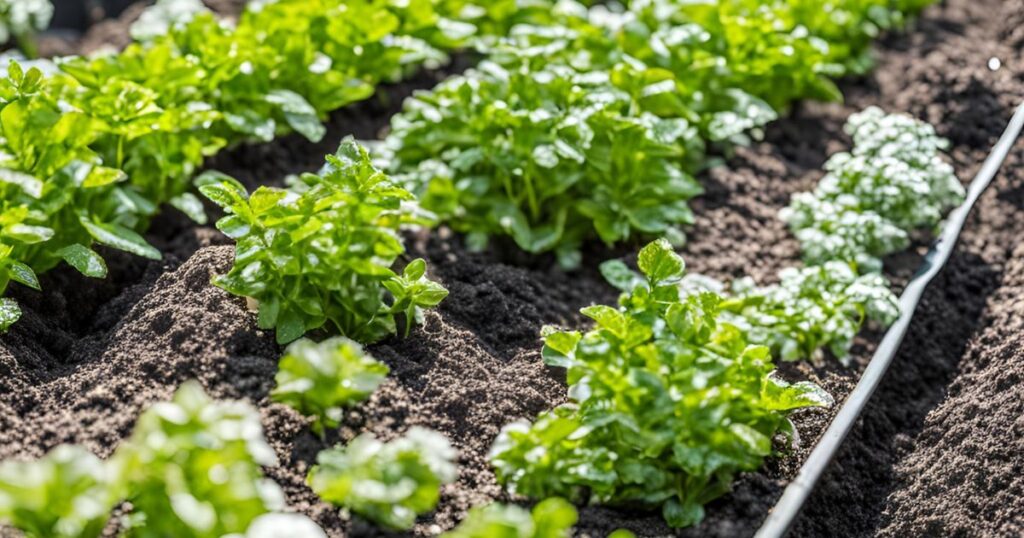
Understanding Perlite’s Advantages in Gardening
Exploring Perlite’s benefits in gardening: enhanced drainage, improved aeration, lightweight nature, and soil compaction reduction. Where can you buy perlite These elements produce an ideal environment for plant growth and health.
Crafting a comprehensive piece
I’m detailing Perlite’s benefits, including its porous structure for drainage and aeration, lightweight characteristics, pH neutrality, and soil compaction reduction. Providing a thorough overview will convey its advantages for gardening.
Highlighting perlite’s unique advantages
I explain how perlite enhances aeration, maintains pH neutrality, and breaks up compacted soils. These characteristics promote root growth and microbial activity, which is essential for healthy plant development.
Crafting a detailed overview
I’m preparing to write a concise paragraph on the benefits of Perlite in gardening, highlighting its effects on drainage, aeration, How to Care for Orchids lightweight nature, pH neutrality, and can you use perlite and vermiculite together soil compaction.
Piecing together
I’m gathering necessary citations to strengthen the overview of Perlite’s benefits in gardening, ensuring they align accurately with the specified advantages.
Evaluating citation possibilities
I think it might be worth using citations from Amol Minechem Limited or consulting Epic Gardening for information on Perlite’s gardening benefits.
Perlite is a versatile soil amendment that benefits gardening, primarily by improving soil structure and creating an optimal environment for healthy root growth. Here’s a detailed look at its key advantages:
Improves Drainage:
Perlite’s highly porous structure allows excess water to flow freely through the soil, effectively preventing waterlogging and reducing the risk of root rot. Creating air pockets ensures that water doesn’t stagnate around plant roots, crucial for preventing fungal diseases and promoting vigorous growth. This excellent drainage capacity is especially beneficial in container gardens and hydroponic systems where controlled moisture is vital.
Enhances Aeration:
The lightweight, airy particles of perlite significantly improve soil aeration. Better air circulation means plant roots receive more oxygen, necessitating effective nutrient uptake and robust root development. Enhanced aeration also supports beneficial soil microbes, perlite bag contributing to overall plant health. This attribute makes perlite popular for mixing into potting soils and raised beds.
Lightweight & pH Neutral:
Unlike heavier amendments, perlite is incredibly light, which helps keep soil mixes from becoming overly dense or compacted. Additionally, perlite is chemically inert and pH-neutral, meaning it won’t alter your soil’s natural acidity or alkalinity. Gardeners appreciate this property because it allows them to amend soil texture without worrying about disrupting the nutrient balance or pH levels critical for plant growth.
Reduces Soil Compaction:
When working with heavy clay soils or densely packed garden beds, propagation in perlite perlite can be mixed to break up compacted soil. Its porous and spongy nature creates gaps within the soil structure, allowing roots to penetrate more efficiently and grow larger. This compaction reduction improves drainage and aeration and helps maintain a looser soil structure that supports overall plant vitality.
Perlite’s ability to improve drainage and aeration, what is perlite used for combined with its lightweight and pH-neutral properties, makes it an invaluable tool for gardeners. Whether dealing with waterlogged clay or aiming to boost the performance of your container mix, incorporating perlite can lead to healthier, more resilient plants.
How to Use Perlite in Gardening
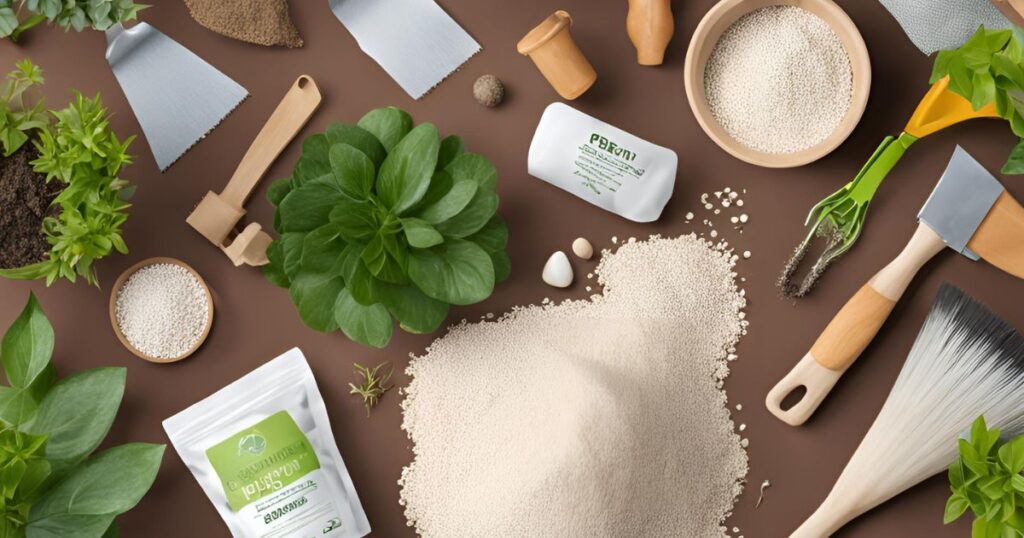
Combining perlite in gardening
I’m beginning by sharing how to combine perlite with other materials to make potting soil mixes, perlite vs vermiculite improve soil structure in raised beds, and support plant roots in hydroponics.
I found several reputable gardening sources that detail how perlite can be used in different applications to enhance soil conditions and promote healthy plant growth. Here’s an in-depth guide on How to Use Perlite in Gardening:
For Potting Soil Mixes
Perlite is a key ingredient in many potting mixes due to its lightweight, porous nature. When preparing a potting mix, it’s practical to combine perlite with organic components such as:
- Peat Moss: Adds moisture retention and organic nutrients.
- Vermiculite: Contributes to water retention and adds extra aeration.
- Coco Coir: A sustainable alternative that holds water well while providing good drainage.
- This combination creates a balanced growing medium that retains enough moisture without becoming waterlogged. This ensures that plant roots receive ample oxygen and reduces the risk of root rot.
In Raised Beds & Outdoor Gardens
Outdoor garden soils, particularly those in raised beds, can often benefit from incorporating perlite. In heavier or clay soils, perlite acts as a soil conditioner by:
- Enhancing Soil Structure: Its porous particles create gaps in the soil, allowing for improved water infiltration and airflow.
- Reducing Compaction: By breaking up dense soils, perlite ensures that roots can penetrate more easily and access nutrients.
- This results in lighter, more friable soil that supports healthier plant growth even in challenging soil conditions.
For Hydroponics
Hydroponic systems rely on a soilless medium that supports plant roots while facilitating excellent drainage and aeration. Perlite is ideal in these systems because:
- Supports Plant Roots: Its inert, pH-neutral properties make it a stable medium for root growth.
- Ensures Adequate Drainage: The porous structure prevents water from stagnating around the roots, thus reducing the risk of rot and fostering robust plant development.
- Using perlite in hydroponics helps create a balanced environment where roots constantly access oxygen and nutrients, contributing to more vigorous, healthier plants.
As a Seed Starter
For starting seeds, the delicate texture of perlite is particularly beneficial. When used as a seed starter medium, perlite:
- Provides Excellent Aeration: Ensures that young, delicate roots receive sufficient oxygen.
- Prevents Overwatering: Its excellent drainage properties help avoid water retention that can lead to damping-off, a fungal condition that affects seedlings.
- Creates a Consistent Environment: Perlite maintains a light and airy structure and supports even moisture distribution, which is crucial for germination and early growth.
- Gardeners often mix perlite with other seed-starting components or use it as a top dressing to create the ideal microenvironment for seeds to sprout and thrive.
Perlite vs. Other Soil Amendments
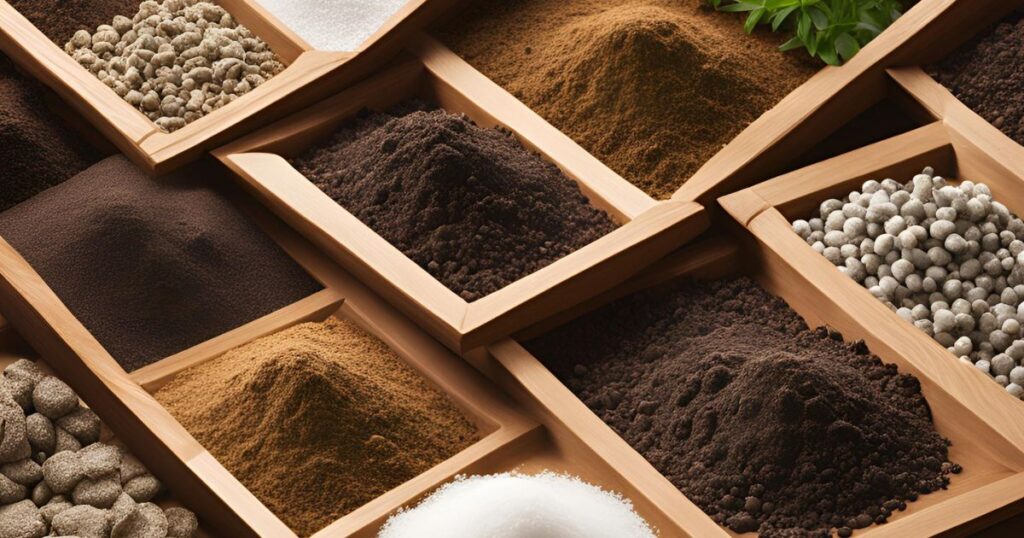
Gathering data on soil amendments
Simulating a search for “Perlite vs Other Soil Amendments” to compare drainage, aeration, water retention, and best uses.
Understanding soil properties
I’m gathering information on four soil amendments,how much perlite to add to soil noting their drainage, aeration, water retention, and suitability for specific plants. Each amendment has unique traits that make it special.
Focusing on attributes
I’m detailing four soil amendments: Perlite, Vermiculite, Pumice, and Sand, emphasizing their drainage, aeration, water retention, and optimal plant uses. Each has distinct advantages for specific gardening purposes. when are jerusalem artichokes ready to harvest
Simulating a web search
I envision using the search “Perlite vs. Vermiculite vs. Pumice vs. Sand: drainage, aeration, water retention” to gather detailed comparisons and citations for a thorough final answer.
When choosing a soil amendment, it’s important to understand how each material affects drainage, aeration, and water retention. Below is a comparative overview of perlite versus vermiculite, pumice, and sand, along with their best-suited applications:
| Feature | Perlite | Vermiculite | Pumice | Sand |
|---|---|---|---|---|
| Drainage | High | Moderate | High | Low |
| Aeration | High | Low | High | Low |
| Water Retention | Low | High | Moderate | Low |
| Best For | Succulents, Hydroponics | Moisture-Loving Plants | Heavy Soils | Basic Soil Mixes |
Detailed Comparison
Perlite
- Drainage & Aeration: Perlite is renowned for its high drainage and excellent aeration properties thanks to its lightweight and porous nature. This makes it particularly effective in preventing waterlogging and ensuring plant roots have ample access to oxygen.
- Water Retention: However, perlite retains very little water, which is ideal for plants like succulents or for use in hydroponic systems where excess moisture can be detrimental.
Vermiculite
- Water Retention: In contrast, vermiculite has a high capacity for water retention. Its structure holds moisture, making it suitable for moisture-loving plants that require a steady water supply.
- Drainage & Aeration: Its denser composition offers only moderate drainage and lower aeration than perlite, so it’s best used in conjunction with other amendments if improved soil structure is needed.
Pumice
- Balanced Properties: Pumice shares some similarities with perlite regarding high drainage and aeration. However, it can moderately retain water, offering a middle ground between perlite and vermiculite.
- Best For: Its balanced properties make it an excellent choice for heavy soils, where it can help lighten the mix and improve overall structure without sacrificing too much water retention.
Sand
- Drainage & Aeration: Sand typically provides low levels of drainage and aeration when used alone, as its particles can pack tightly together.
- Best For: It is generally used in bare soil mixes to add weight and texture but is unsuitable as the primary amendment in situations where good aeration and drainage are critical.
Perlite vs Vermiculite
Perlite and vermiculite are natural, mineral-based soil additives that improve soil structure but serve slightly different purposes. it is a lightweight, white, porous material made from volcanic glass that expands when heated.It offers superior aeration and drainage, making it perfect for succulents and plants that prefer drier conditions.Vermiculite, on the other hand, is a brown, spongy mineral that also expands with heat. It retains more moisture than perlite, making it perfect for moisture-loving plants, seed-starting, and young seedlings. Vermiculite also holds onto nutrients better than perlite.
In simple terms, propagation in perlite is used for drainage, and vermiculite is used for moisture retention. Gardeners often blend the two depending on the specific needs of their plants. While both improve root development and prevent soil compaction, choosing the right one can significantly affect your plant’s growth and health.
Other Uses of Perlite Beyond Gardening
Examining uses
I’m exploring perlite’s non-gardening applications: construction, filtration, and horticulture. I’m analyzing its roles in lightweight concrete, insulation, water and industrial filtration, and mushroom cultivation.
Highlighting applications
I’m detailing perlite’s non-gardening applications: as a lightweight concrete aggregate, insulation material, fill for roofing, water, and industrial filtration, and in mushroom cultivation and fruiting chambers like SGFC.
Crafting a comprehensive overview
Starting with an introduction and moving through perlite’s construction, filtration, and horticultural uses, ensuring each section is detailed and shares insights on its applications.
Mapping out applications
I’m enhancing the plan to include lightweight concrete and insulation for construction, where do you buy perlite filtration for industrial and water use, and horticultural mushroom cultivation.
Highlighting uses
I’m detailing how perlite is crucial in constructing plasters, concrete, insulation, and ceiling tiles. perlita mineral also plays a vital role in industrial and water filtration and horticulture for mushroom cultivation.
Highlighting applications
I’m detailing perlite’s versatile uses in construction (lightweight concrete and insulation), filtration (water and industrial), and horticulture (mushroom cultivation), which broadens my understanding of its diverse benefits.
Conclusion
As we wrap up our deep dive into perlite, 3 perlite it’s clear that this natural, volcanic glass is far more than just a soil additive. Its lightweight, porous nature supports healthy plant growth by improving drainage and aeration and makes it a versatile resource in construction, filtration, and specialized horticultural practices such as mushroom cultivation. The benefits of perlite extend well beyond the garden, showcasing its essential role in both everyday gardening tasks and industrial applications.
This comprehensive guide, what is perlite made of? Everything You Need to Know for Gardening & More explores everything from its formation and processing to its practical applications and comparative advantages over other soil amendments. Whether you’re looking to boost your potting mixes, revitalize outdoor garden beds, or create a thriving hydroponic system, perlite is an indispensable tool for gardeners and professionals. Embrace the power of perlite, and you might unlock a new level of plant health and productivity in your garden.
FAQs
1. What is perlite?
Perlite is a natural, volcanic glass that expands when heated. This process creates a lightweight, porous material commonly used to improve soil drainage and aeration, making it an essential additive for gardening, hydroponics, and other industrial applications.
2. How is perlite made?
Perlite is produced by mining the raw volcanic glass, crushing it, and heating it to temperatures around 1600°F (870°C). This rapid heating causes the moisture within the perlite to vaporize, expanding the glass up to 20 times its original size and creating its characteristic airy, lightweight structure.
3. What are the benefits of using perlite in gardening?
Perlite improves soil drainage by preventing waterlogging and root rot, enhances aeration for healthier root systems, reduces soil compaction, and is pH neutral. These properties make it ideal for various gardening applications, from potting mixes to raised beds and hydroponic systems.
4. How do I use perlite in my potting mix?
When preparing a potting mix, combine perlite with other organic materials like peat moss, vermiculite, or coco coir. This blend ensures that the mix retains enough moisture for plant growth while allowing excess water to drain away, reducing the risk of waterlogged roots.

